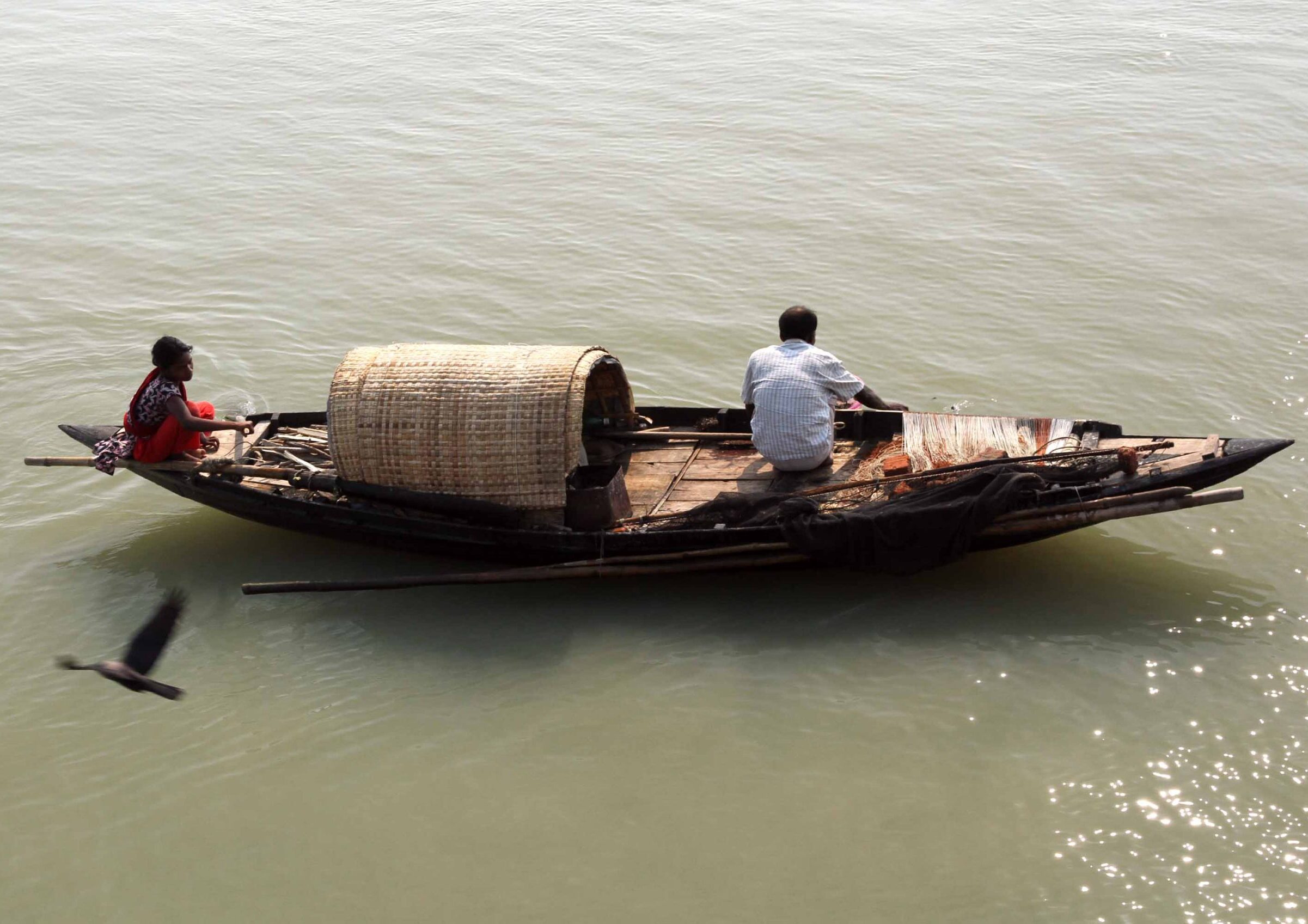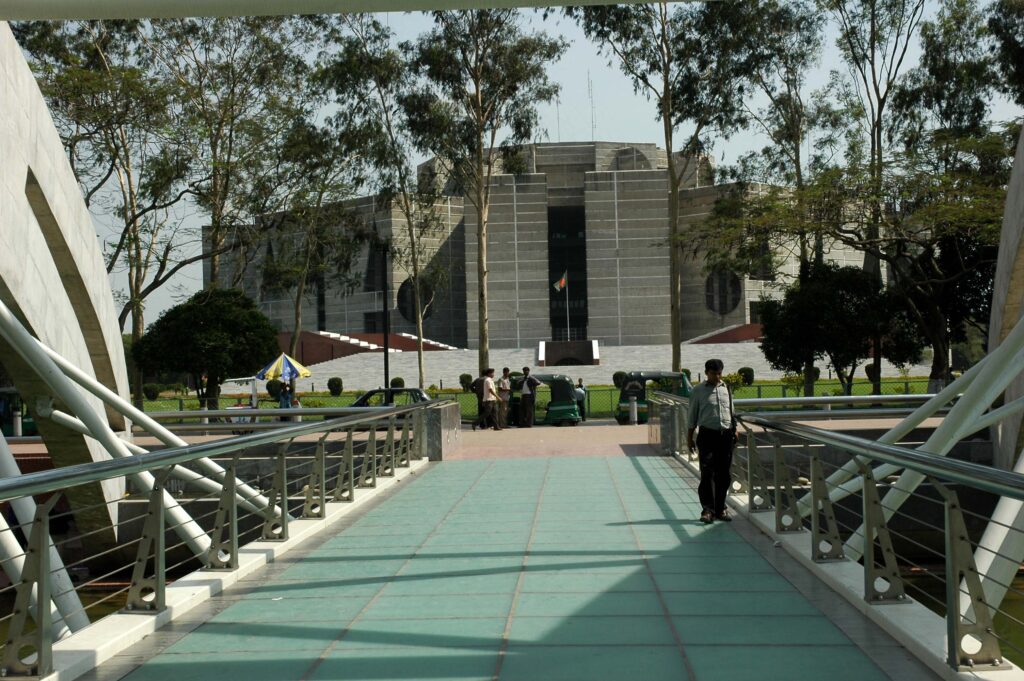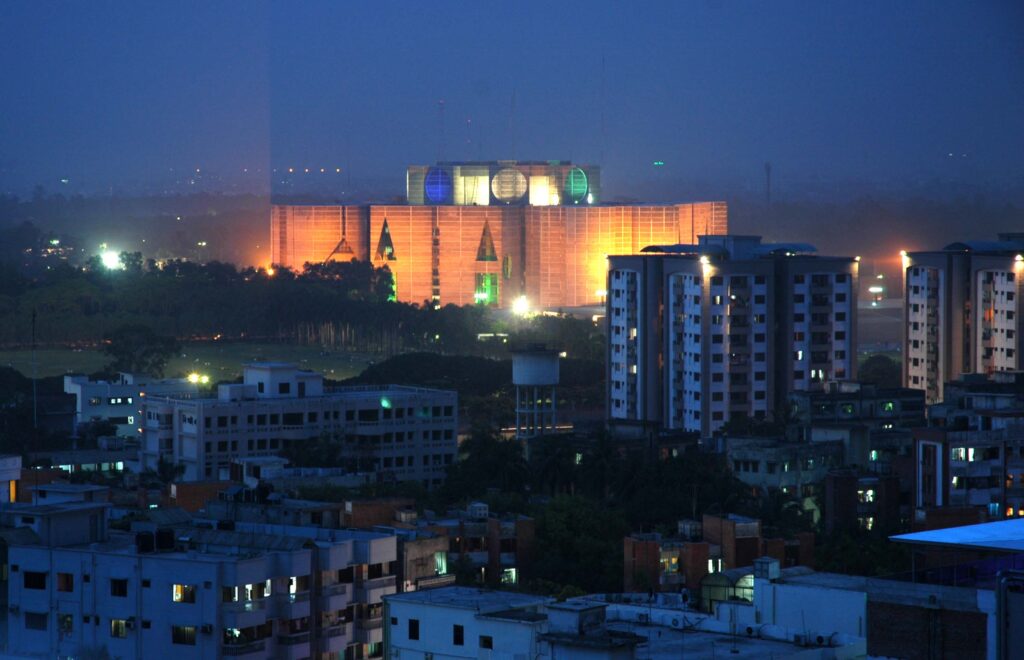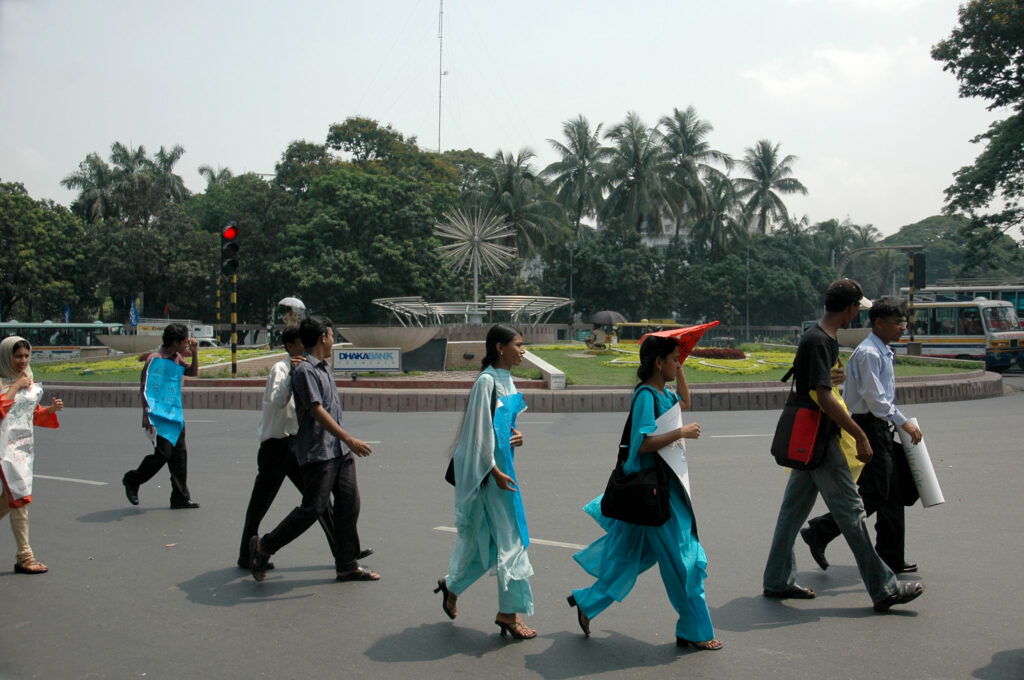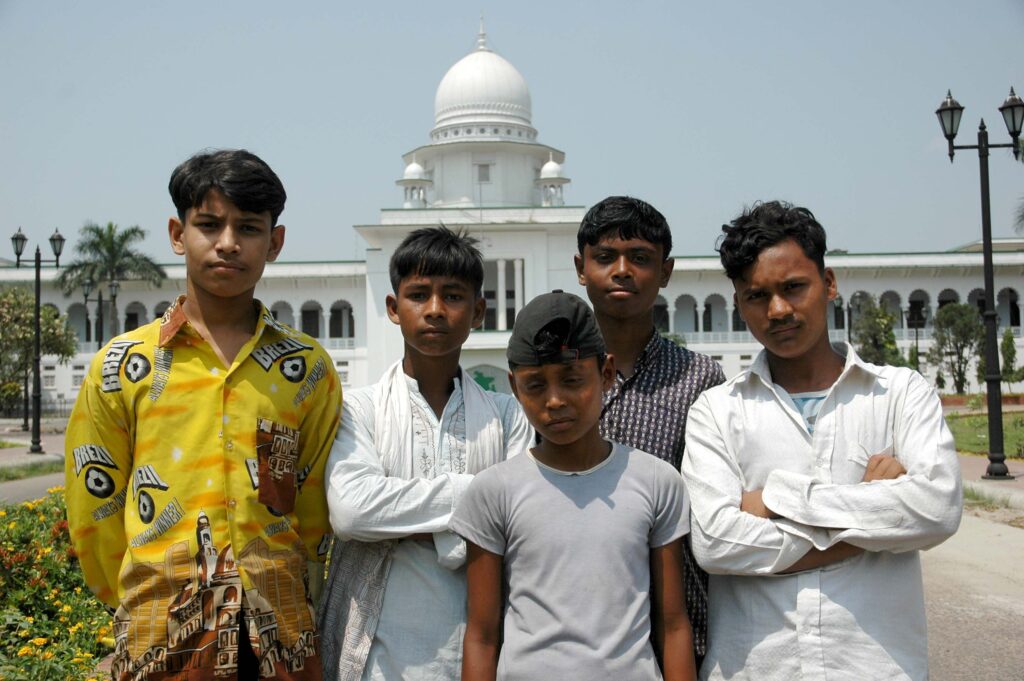Jatya Sangsad (National Assembly)
The Sangsad (National Assembly) is considered, by many, to be an architectural masterpiece and a source of tremendous pride for the people of Bangladesh. It is in Sher-e-Bangla Nagar, and the building has, around it, beautifully laid greenery and lakes.
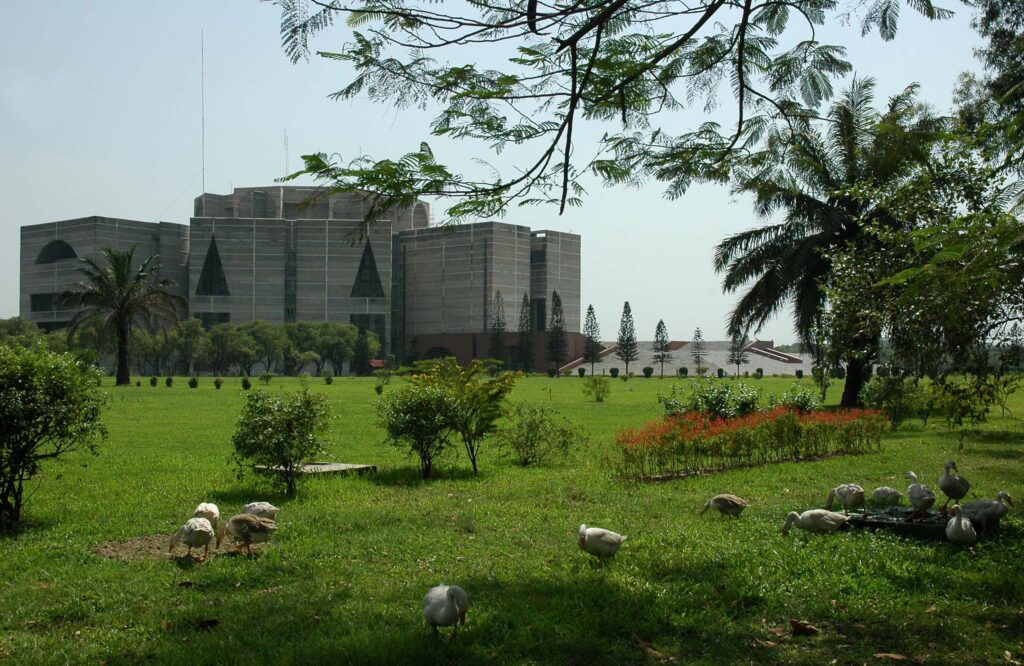
The National Assembly serves as the seat of government of the People’s Republic of Bangladesh, an independent country since 1971.
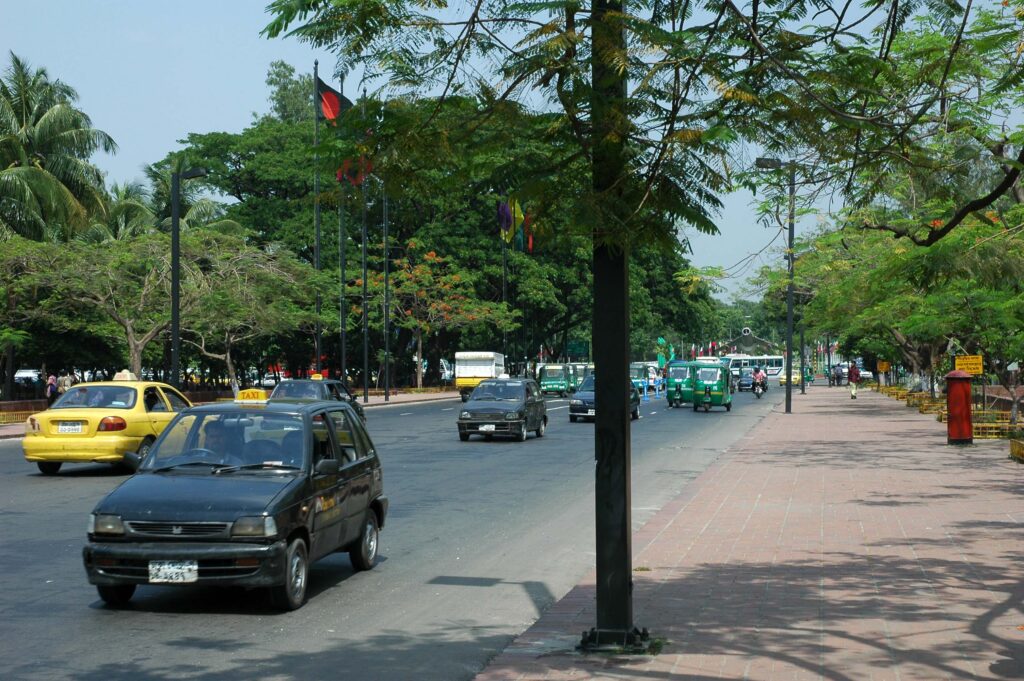
However, the project to build the new national assembly was conceived in the late 1950s when Bangladesh was East Pakistan, as part of a master plan to develop parts of Dhaka City to be the second capital of Pakistan. In 1959, the Martial Administration under president Ayub Khan instituted the process to build this parliament building in Dhaka.
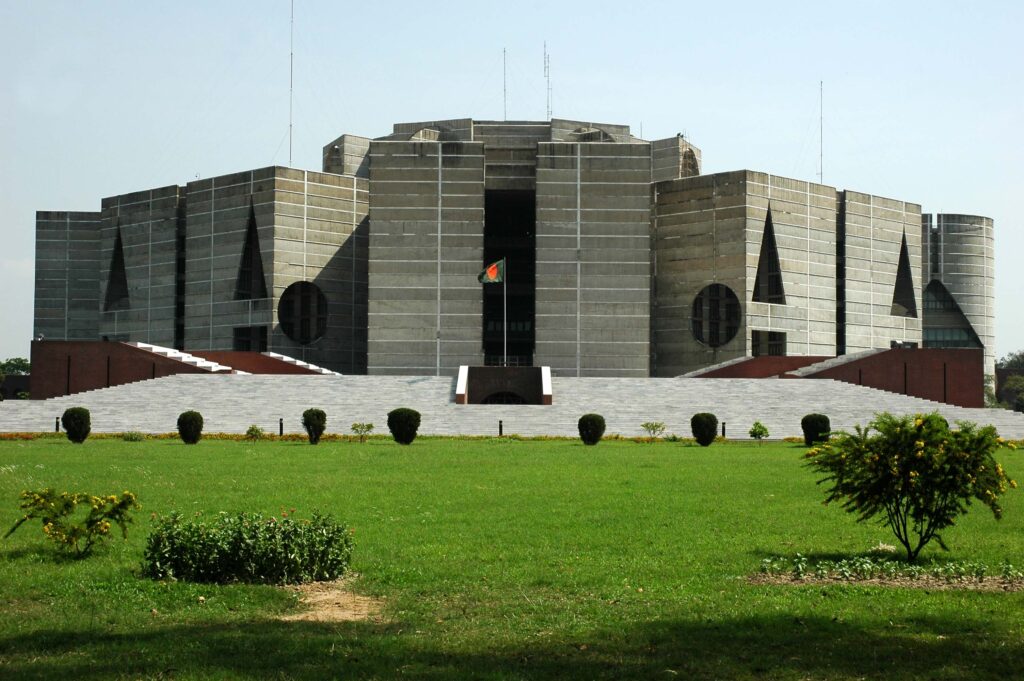
The government invited Louis Kahn, a Jewish American architect with an Estonian origin, to submit a proposal to undertake the task. After that a tendering process was launched. The approval process took several years. When Louse was awarded the contract in 1962, he immediately proceeded work on the project. The original plan produced included a Grand Mosque, Supreme Court and Presidential Palace.
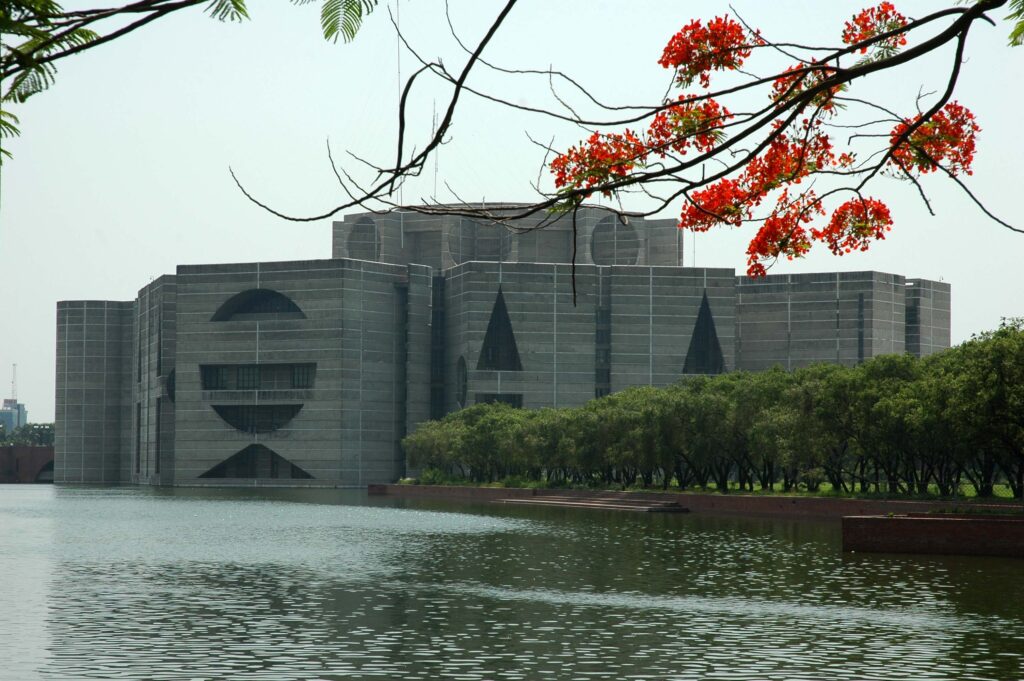
The plan was however revised, which only included the National Assembly Building that exists today. Although the building work was started immediately it stopped during the Liberation War. However, work was restarted in 1974 without any changes to the agreed plan. The complex was completed in 1982 and inaugurated by President Abdus Sattar and the first session held on 15 Feb 1982.
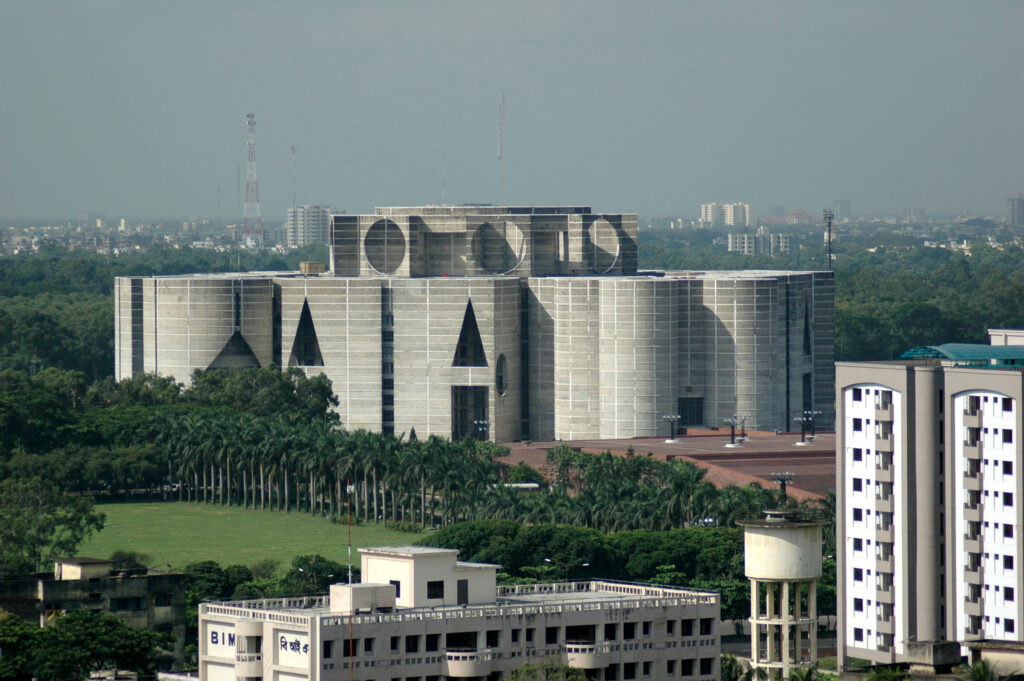
The building is made up of nine individual blocks and contains, among other things, a total of 627,833 square feet of space, 50 staircases and 340 toilets. The central block accommodates the Assembly chamber with a capacity of 354 seats for members of the parliament. The basement houses a parking area, offices of maintenance agencies and service installations for the main building.
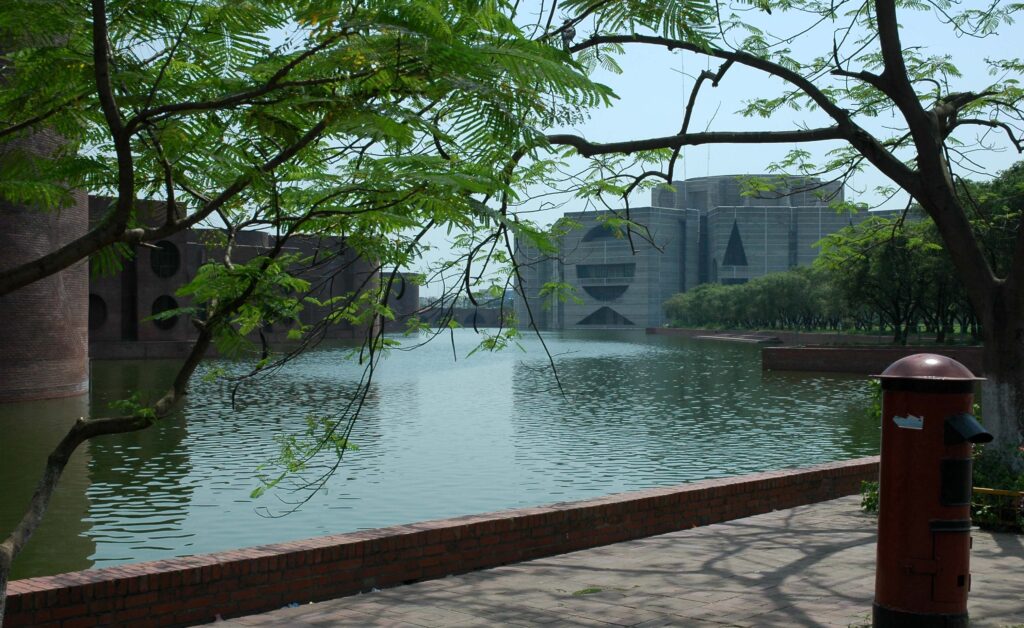
The building has a water body of artificial lake touching its walls on all sides, and the North and the South plaza tie it to the site. The open green area is a public space and a popular venue for the city people to come and relax. The space gets very crowded, especially during Friday holiday and on special occasions, such as during Eid festivals and Bengali New Year celebrations.
Bangladesh Supreme Court
The Supreme Court of Bangladesh is the highest level in the Bangladesh Judiciary and includes the Appellate Division and the High Court Division. Before the liberation of Bangladesh, the High Court was the highest judiciary in East Pakistan.
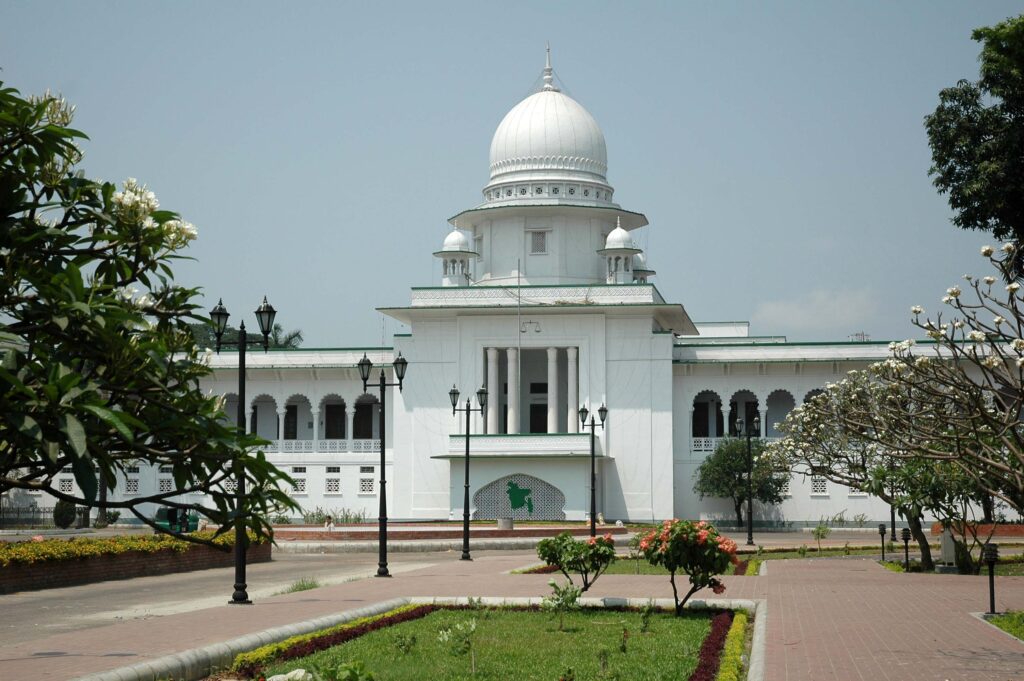
The legal system in Bangladesh is built on the British system set up soon after the Battle of Plassey in 1757 and the British conquest of Bengal. In 1968, the High Court of East Pakistan was moved from nearby premises to this building. After Bangladesh came into being in 1971 the Bangladesh Supreme Court was created. The Primary responsibility of the High Court is to hear appeals to decisions made by lower courts and the Appellate Division considers decision made by the High Court.
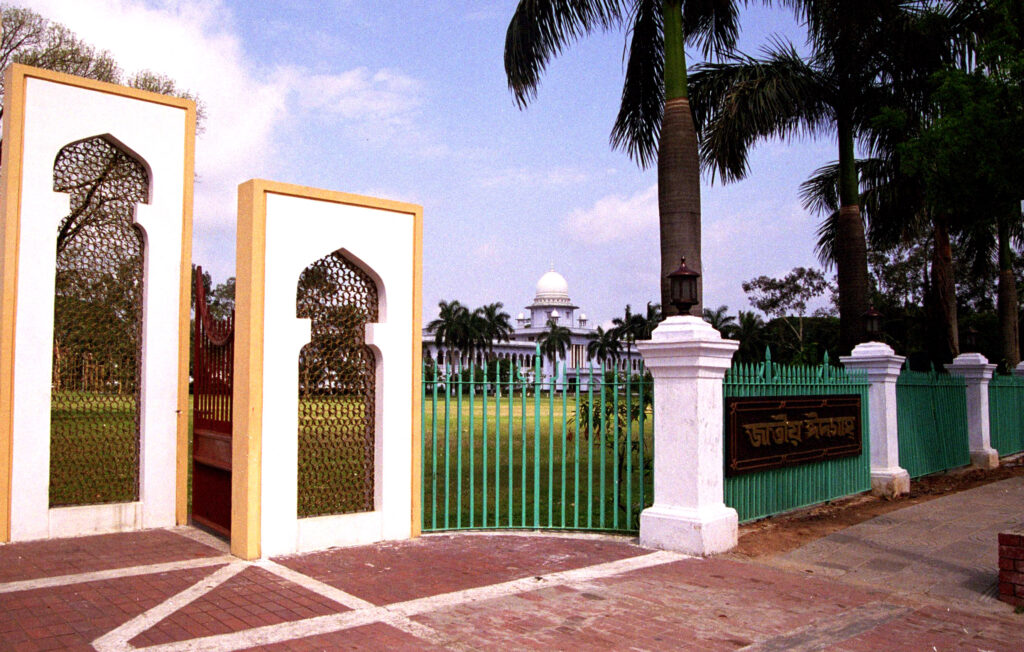
This building is a famous landmark in Dhaka City and shares the enclosed space with the National Idgah. In addition to the National Eid prayers held twice annually; the space is used for other purposes. Young people come to play sports, particularly on Fridays when the area becomes very crowded with hundreds and thousands practising and playing cricket.
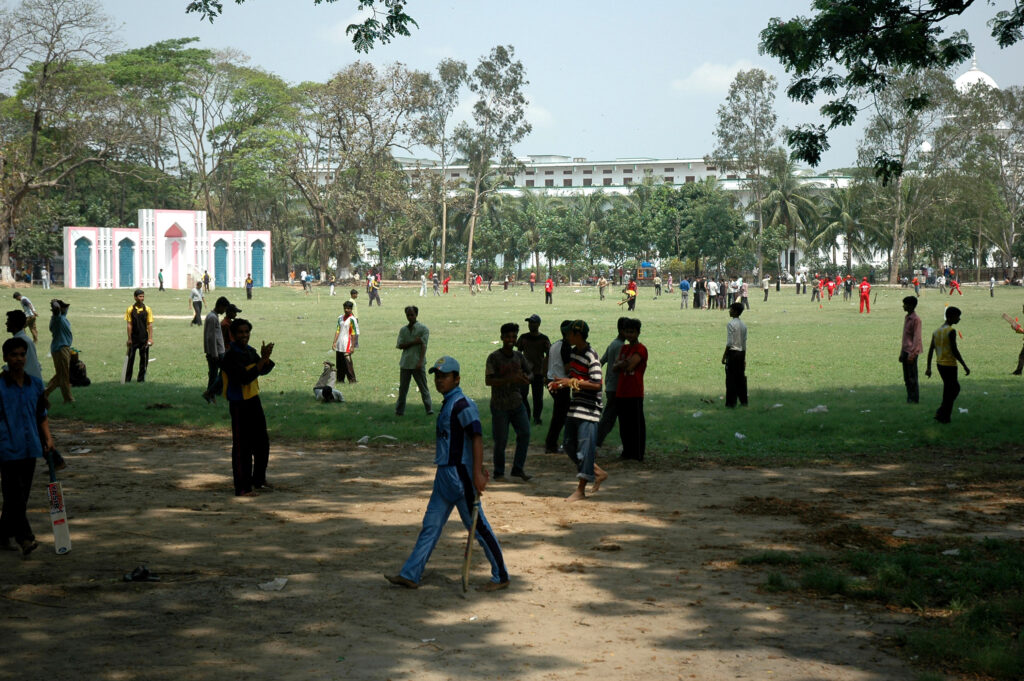
People walking past a recently completed project on the roundabout opposite the main entrance to the Supreme Court. This project is part of the Dhaka City Corporation’s Dhaka beautification initiative called “Clean Dhaka Green Dhaka”, in partnership with the private sector.
